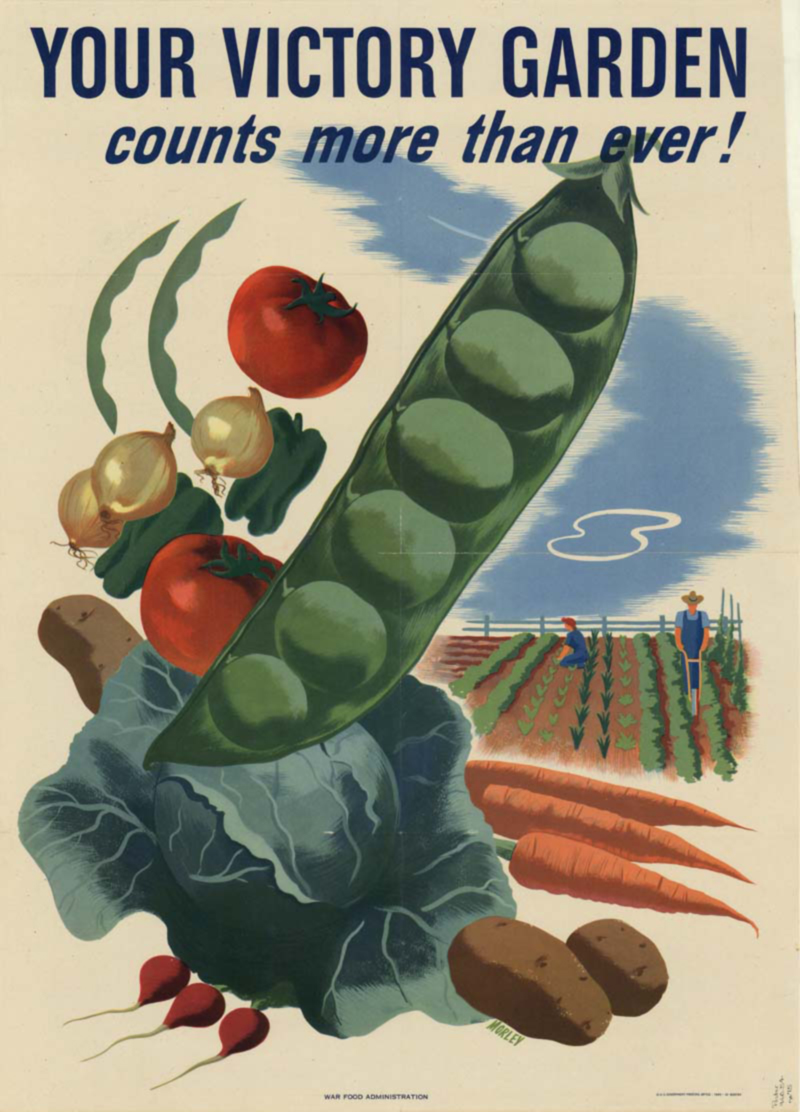Loading...
Victory gardens are perhaps the U.S. government’s most successful and long-lasting propaganda campaign. It began during World War One, when the War Garden Commission offered free handbooks for garden tips and published stories in newspapers to encourage citizens to plant food crops in any little piece of unused land so citizens could help provide food for America’s allies fighting in Europe. The idea caught on, and by the end of the war, over 5 million gardens were planted, producing nearly $10 billion (in today’s dollars) worth of food. By World War 2, nearly 60 percent of U.S. households had some kind of garden. Over 40 percent of the nation’s fresh produce was grown in a local garden. Today’s guest is Maggie Stuckey, author of “The Container Victory Garden: A Beginner’s Guide to Growing Your Own Groceries.” With a renewed interest in home gardening during the 2020 lockdowns, she realized the astonishing surge of gardening activity was a modern-day version of wartime Victory Gardens, when Americans planted a few vegetables in whatever little patch of ground they could find. And even more surprising was how eerily the tragedies mirrored each other through the decades: World War I with its gardens and its influenza pandemic, World War II with its gardens and its devastating loss of life, and 2020’s gardens in response to the coronavirus pandemic. We look at the surprising relevance of Victory Gardens today.
Cite This Article
"Victory Gardens Produce Nearly Half of America’s Fresh Produce in WW2. In the Age of Supply-Chain Meltdowns, Are They Ready for a Similar Co" History on the Net© 2000-2024, Salem Media.
May 2, 2024 <https://www.historyonthenet.com/victory-gardens-produce-nearly-half-of-americas-fresh-produce-in-ww2-in-the-age-of-supply-chain-meltdowns-are-they-ready-for-a-similar-co>
More Citation Information.






